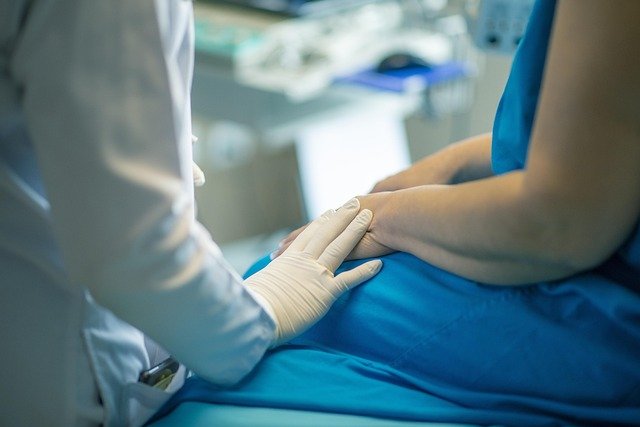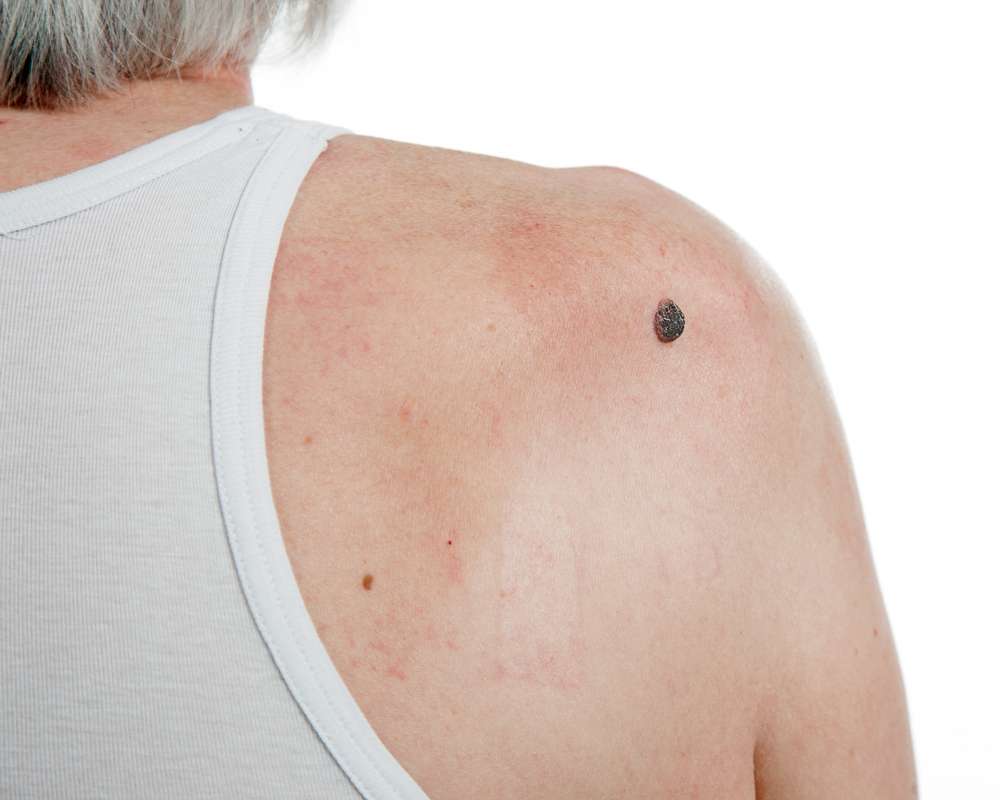Understanding Crohn's Disease: Symptoms, Causes, and What to Expect in 2025
Crohn's disease is a chronic condition that affects millions. This guide explores the symptoms of Crohn’s disease, including how it manifests in females, the stages of active Crohn's, and what to expect when living with this condition. View real-life Crohn's disease pictures and learn about treatment options.

How Crohn’s Disease Affects the Body
Crohn’s disease can impact any part of the gastrointestinal tract from mouth to anus, though it most commonly affects the end of the small intestine (ileum) and the beginning of the colon. Unlike ulcerative colitis, which affects only the innermost lining of the colon, Crohn’s inflammation can extend through the entire thickness of the bowel wall. This deep inflammation creates distinctive “skip lesions,” where inflamed areas are interspersed with healthy tissue.
The inflammation causes the intestinal walls to thicken, narrowing the passageway for food. These narrowed sections, called strictures, can lead to intestinal blockages. Fistulas—abnormal connections between different body parts—may also form when inflammation penetrates the intestinal wall completely, creating passages to nearby organs, skin, or other sections of bowel.
Beyond the digestive system, Crohn’s can manifest as extraintestinal symptoms affecting the joints, skin, eyes, liver, and bile ducts. Approximately 25-40% of Crohn’s patients experience at least one extraintestinal manifestation during their disease course.
Symptoms of Crohn’s Disease in Females
While Crohn’s disease affects men and women at similar rates, certain symptoms and considerations are particularly relevant to women. Female patients often report more pronounced fatigue, which can significantly impact quality of life. They may also experience more frequent and severe abdominal pain, sometimes misdiagnosed as gynecological issues before proper identification of Crohn’s disease.
Menstruation frequently worsens Crohn’s symptoms, with approximately 40% of women reporting increased disease activity during their periods. Hormonal fluctuations may play a role in symptom flares, though the exact mechanism remains under investigation.
Fertility concerns represent another important aspect of Crohn’s disease in women. While inactive disease generally doesn’t affect fertility, active inflammation can reduce chances of conception. Additionally, certain medications like methotrexate must be avoided during pregnancy due to risk of birth defects, requiring careful treatment planning for women wishing to conceive.
Bone health deserves special attention, as women with Crohn’s face elevated risks of osteoporosis due to malabsorption of calcium and vitamin D, corticosteroid use, and chronic inflammation. Regular bone density screenings are recommended, particularly for postmenopausal women with Crohn’s.
What to Expect with Active Crohn’s
During active flares, patients experience intensified symptoms that can disrupt daily activities and quality of life. Common manifestations include frequent diarrhea (sometimes occurring 10-20 times daily), abdominal cramping and pain, blood in stool, reduced appetite, and unintended weight loss. Fatigue often becomes overwhelming, even after adequate rest.
Disease monitoring increases during active phases, with more frequent doctor visits, laboratory tests, imaging studies, and possibly endoscopic procedures to assess inflammation severity. Treatment may intensify, with medication adjustments, addition of corticosteroids for short-term symptom control, or consideration of biologic therapies if first-line treatments prove inadequate.
Nutritional challenges frequently accompany active Crohn’s. The inflamed digestive tract absorbs nutrients poorly, while increased metabolic demands and reduced food intake further compromise nutritional status. Some patients require temporary enteral or parenteral nutrition to ensure adequate caloric and nutrient intake while allowing the bowel to rest.
Psychological impacts of active disease shouldn’t be underestimated. Anxiety, depression, and social isolation commonly accompany flares, highlighting the importance of comprehensive care addressing both physical and mental health needs during active disease periods.
What Crohn’s Disease Pictures Can Show
Medical imaging plays a crucial role in Crohn’s disease diagnosis, treatment planning, and monitoring. Endoscopic images obtained during colonoscopy or upper endoscopy can reveal characteristic features including cobblestone appearance of the intestinal lining, deep ulcerations, strictures, and fistulae openings. These visual findings help physicians assess disease activity, location, and severity.
Cross-sectional imaging techniques like CT enterography and MR enterography provide detailed pictures of the entire small intestine, identifying wall thickening, narrowed segments, abscesses, and fistulas that might be missed by endoscopy. MRI is increasingly preferred due to its lack of radiation exposure, particularly important for younger patients requiring repeated imaging over their lifetime.
Capsule endoscopy—a procedure where patients swallow a pill-sized camera—generates thousands of images of the small intestine, revealing inflammation in areas unreachable by traditional endoscopes. These images can detect subtle mucosal changes before they become apparent on other imaging modalities.
Histological images from biopsied tissue samples show microscopic disease features including granulomas (collections of immune cells), which strongly suggest Crohn’s rather than ulcerative colitis. These microscopic findings often guide treatment decisions and help predict disease course.
Treatment Options for Crohn’s Disease in 2025
The treatment landscape for Crohn’s disease continues to evolve rapidly, with 2025 promising significant advancements in therapeutic approaches. Biologic therapies remain cornerstone treatments, with several established classes including TNF inhibitors (adalimumab, infliximab), interleukin inhibitors (ustekinumab), and integrin inhibitors (vedolizumab). These medications have revolutionized Crohn’s management by targeting specific inflammatory pathways rather than suppressing the entire immune system.
Small molecule therapies represent an expanding treatment category, with JAK inhibitors gaining prominence due to their oral administration and targeted mechanism. Unlike biologics requiring injection or infusion, these medications offer convenience while effectively controlling inflammation. By 2025, several new JAK inhibitors may join the treatment arsenal, potentially with improved safety profiles.
Stem cell therapies show promise for patients with fistulizing or treatment-resistant disease. Mesenchymal stem cell treatments can promote tissue healing and modulate immune response, potentially offering long-term remission for difficult cases. While currently available in limited settings, wider clinical application is anticipated by 2025.
Precision medicine approaches are transforming Crohn’s treatment, moving beyond “trial and error” medication selection toward targeted therapy based on individual disease characteristics. Genetic testing and biomarker analysis increasingly guide treatment decisions, identifying patients likely to respond to specific therapies before initiating treatment.
Microbiome manipulation represents another frontier, with fecal microbiota transplantation (FMT) and precision probiotics showing preliminary efficacy in restoring healthy gut bacterial composition. Research continues to refine these approaches, with more standardized protocols expected in coming years.
Diet and nutrition remain important complementary approaches, with the Specific Carbohydrate Diet, Mediterranean diet, and exclusion diets showing benefit for symptom management in some patients. Nutritional therapy continues to evolve based on emerging research about food-microbiome-immune interactions specific to inflammatory bowel disease.
This article is for informational purposes only and should not be considered medical advice. Please consult a qualified healthcare professional for personalized guidance and treatment.




